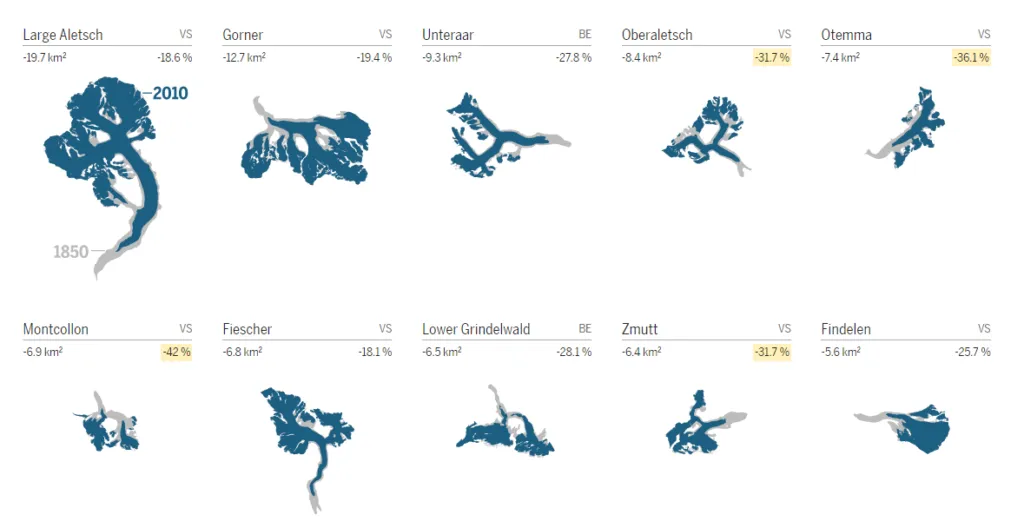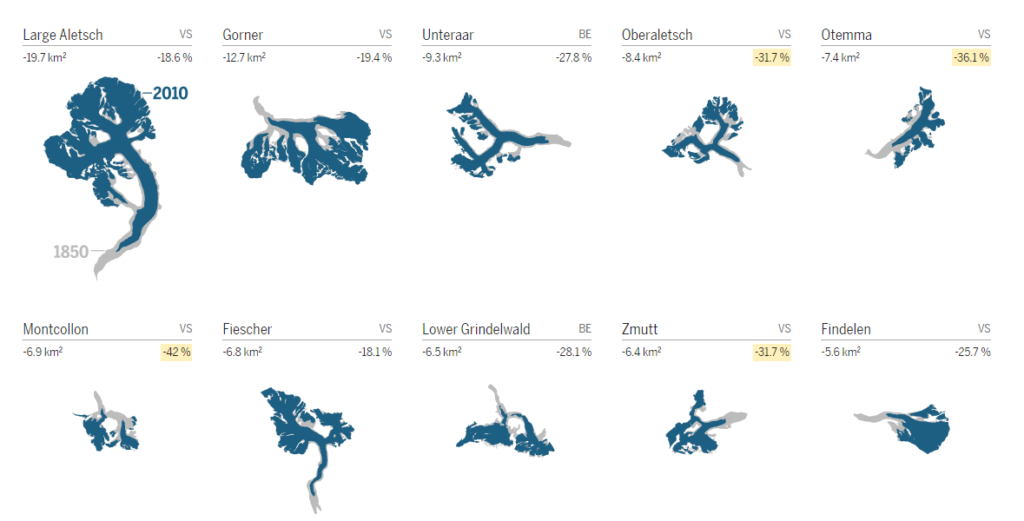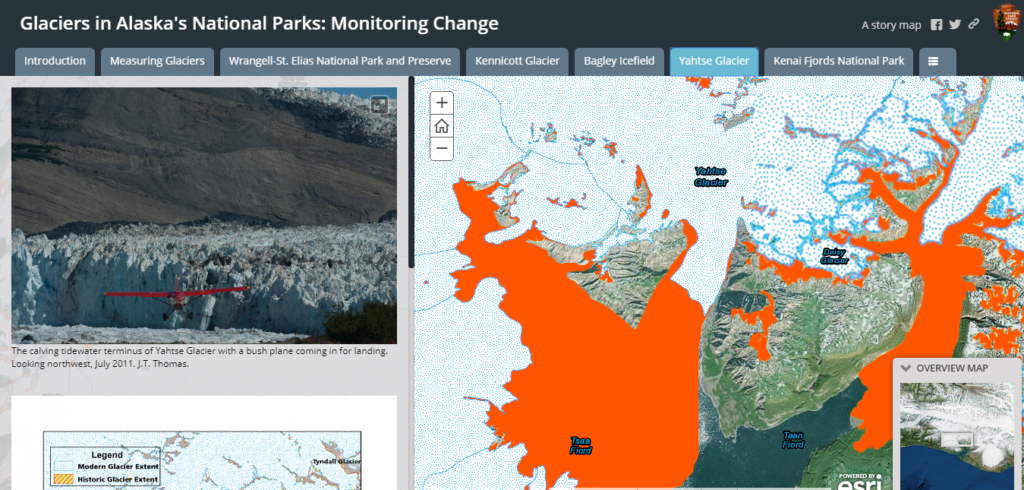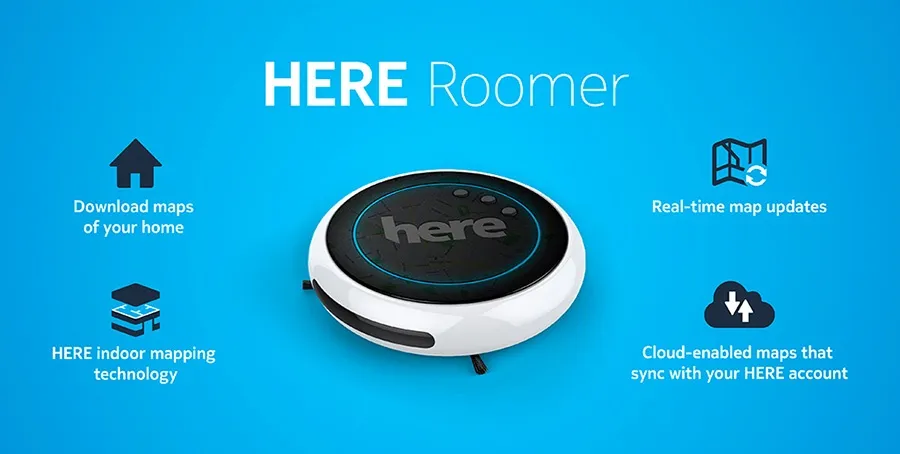
HERE maps for drones and advanced robotics?
It is no secret that HERE has been focusing on HD maps for autonomous cars but what about drones and advanced robotics? In an interesting comment on the sidelines of the International Motor Show (IAA), HERE’s CEO Edzard Overbeek told Reuters that the mapping company aims to expand its business and offer navigation solutions for drones and advanced robotics.
“We are expanding our strategy not just in autonomous driving but also in autonomous things,” Edzard Overbeek to Reuters
HERE Maps for Drones and Robots
If you have been following HERE for a while, you might remember their April’s Fools from last year where they showcased an automated vacuum cleaner powered by HERE maps (Read: HERE Roomer brings location intelligence into your home). It seems that last years’ April’s Fool joke is being transformed into reality already this year.
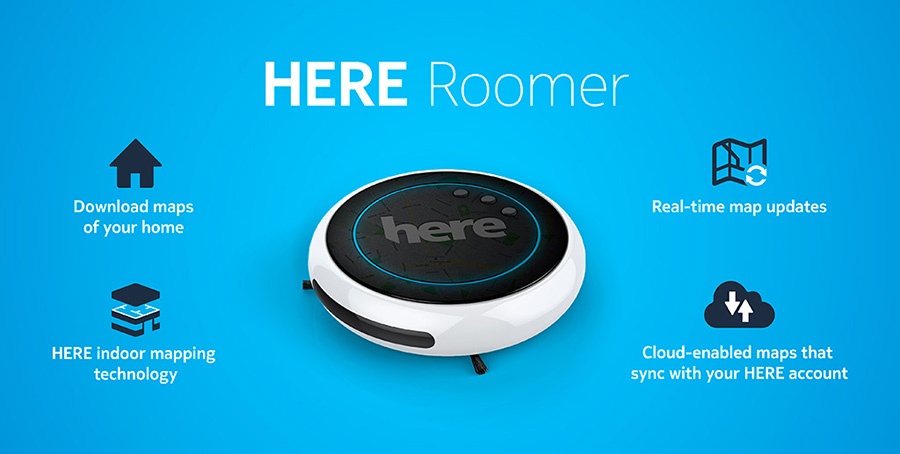
Indoor mapping and Simultaneous Locationalization and Mapping (SLAM) are two areas where it is easy to imagine HERE playing an active role, considering that Intel is one of its investors.
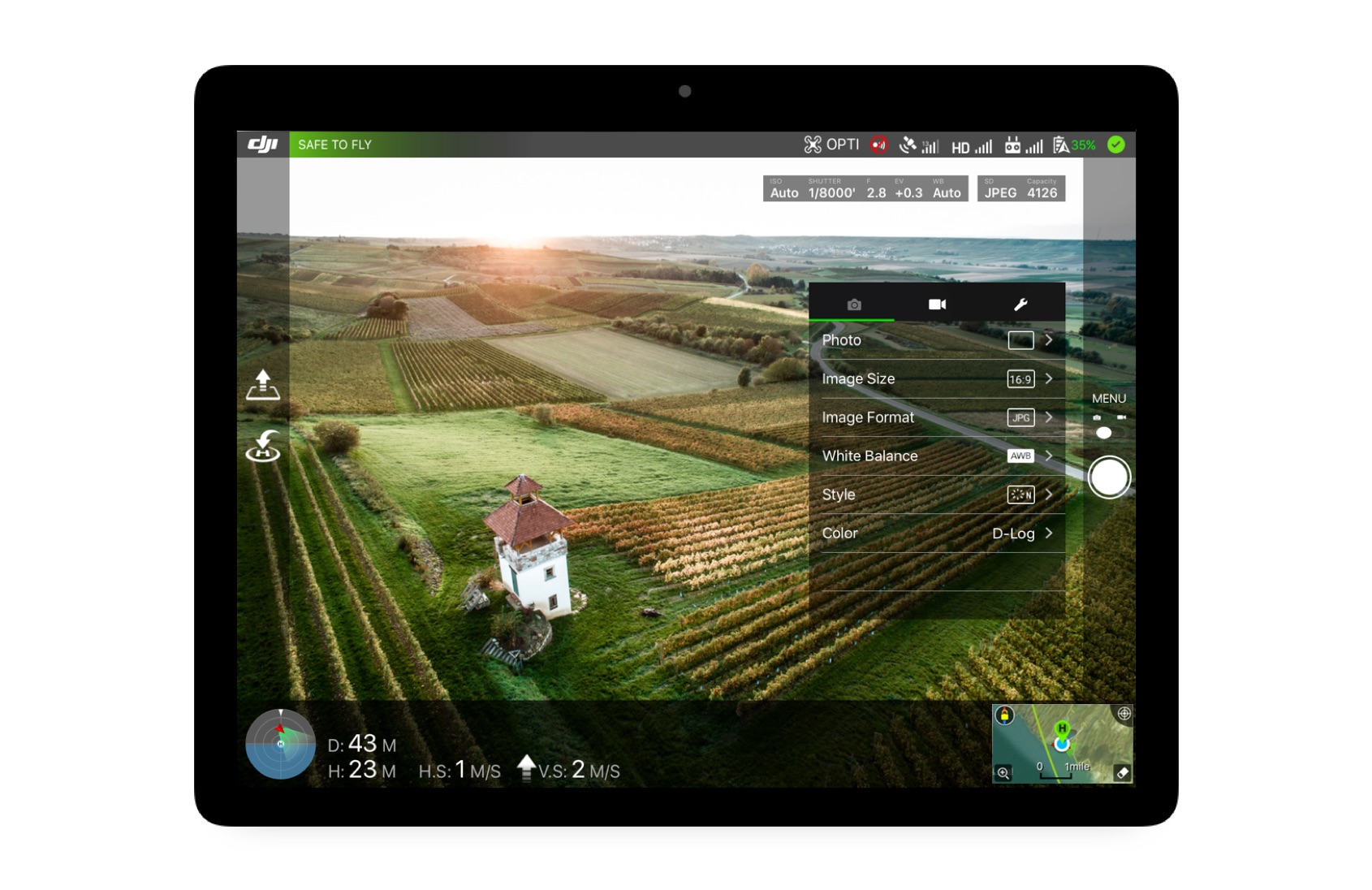
HERE is already working with DJI, providing its mapping solutions through the DJI Go App (Read: HERE and DJI take drones to the end of the earth) and its likely that its partners with more drone software apps in the future. Interesting times for mapping companies 🙂




